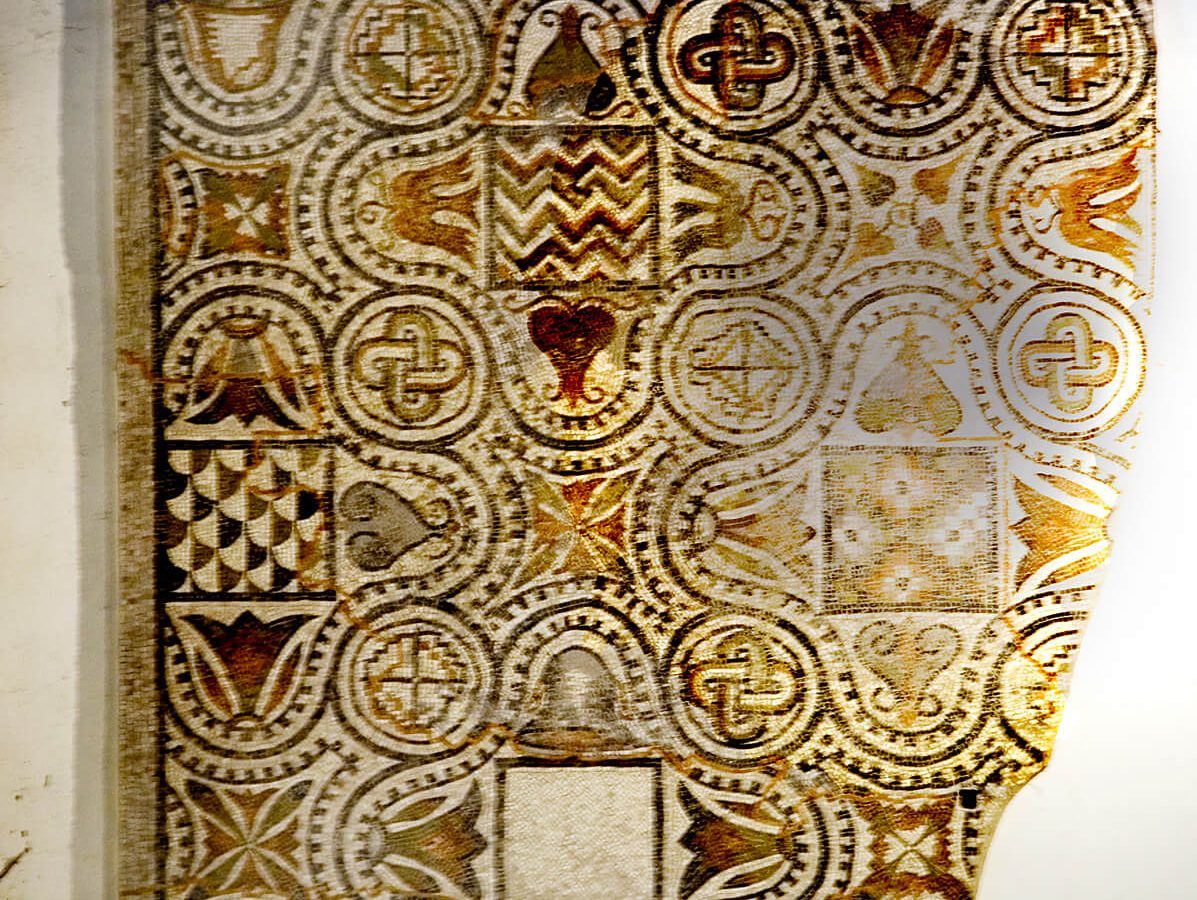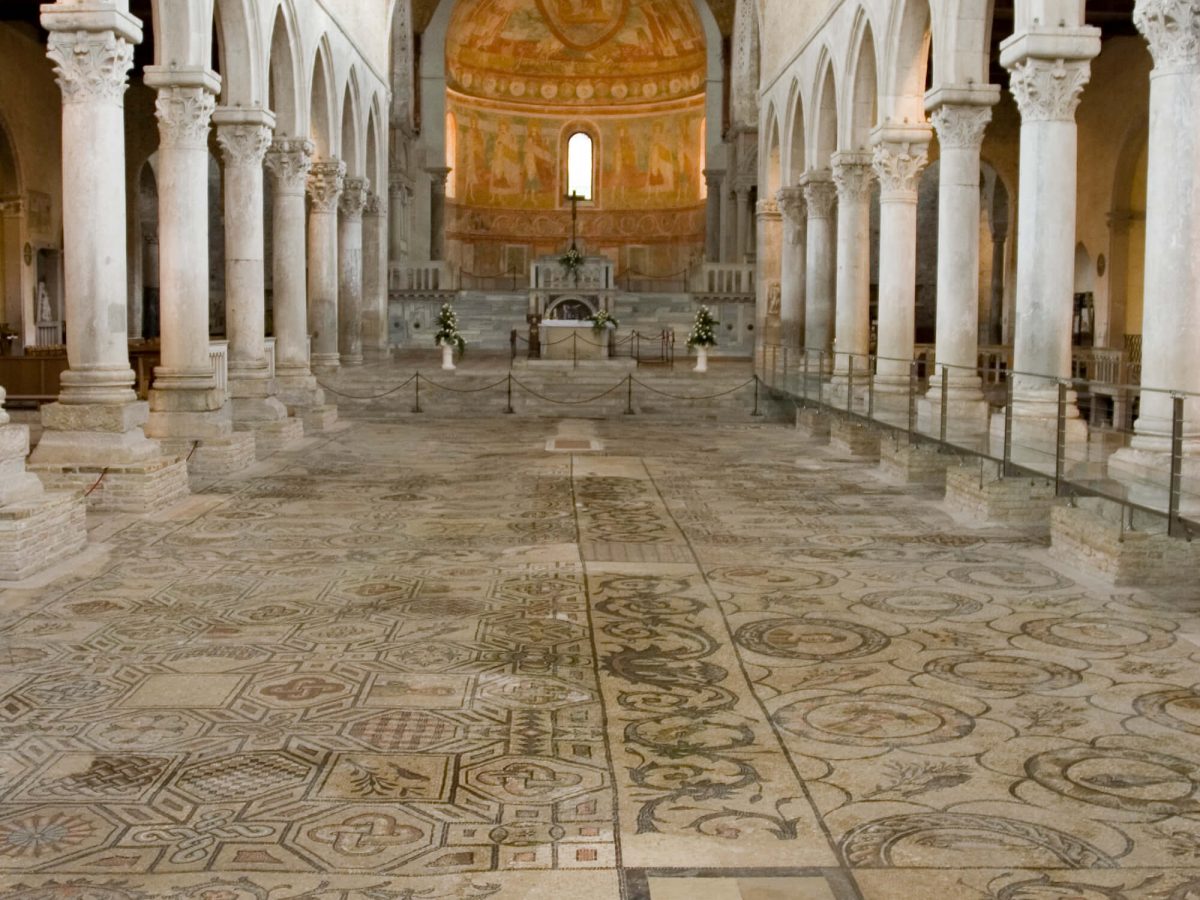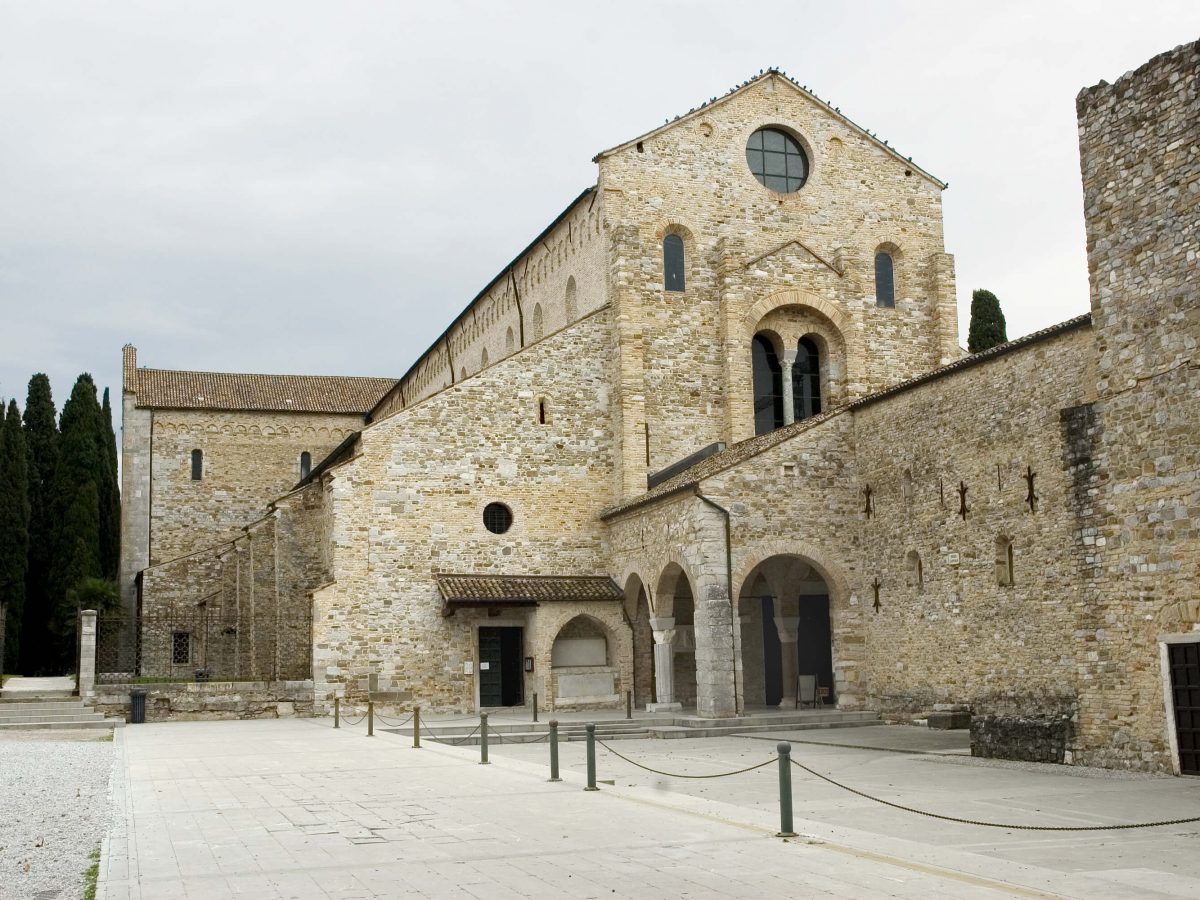Located at the northern end of the Adriatic Sea on the Natissa (Natiso) River, the property includes the Archaeological Area and the Patriarchal Basilica of Aquileia.
The Roman city dates to 181 BC and became one of the largest and wealthiest cities in the early Roman Empire until it was sacked and destroyed in 452 by the Huns led by Attila.
The city was a major trading centre connecting the Mediterranean to Central Europe. Aquileia’s wealth and status within the empire was reflected in its magnificent public buildings and private residences many of which survive as archaeological remains.
The archaeological area, covering 155 hectares, includes part of the forum and its Roman basilica (courthouse), the late antique horrea, one of the sets of baths, and two luxurious residential complexes.
The most striking remains of the Roman city are those of the port installations, a long row of warehouses and quays that stretch along the bank of the river. These were incorporated into the 4th century defences, substantial traces of which can be seen today.
Most of Aquileia remains unexcavated beneath fields and, as a result, constitutes a unique archaeological reserve.
Its Patriarchal Basilica is an outstanding building that houses an exceptional work of art in its mosaic floor, dated back to the Theodorian church built at the beginning of the IV century and rebuilt between the 11th and 14th century according to the Romanesque and Gothic style.
It played a key role in the evangelization of a large region of central Europe. It became the seat of a Patriarchate which survived until 1751.




